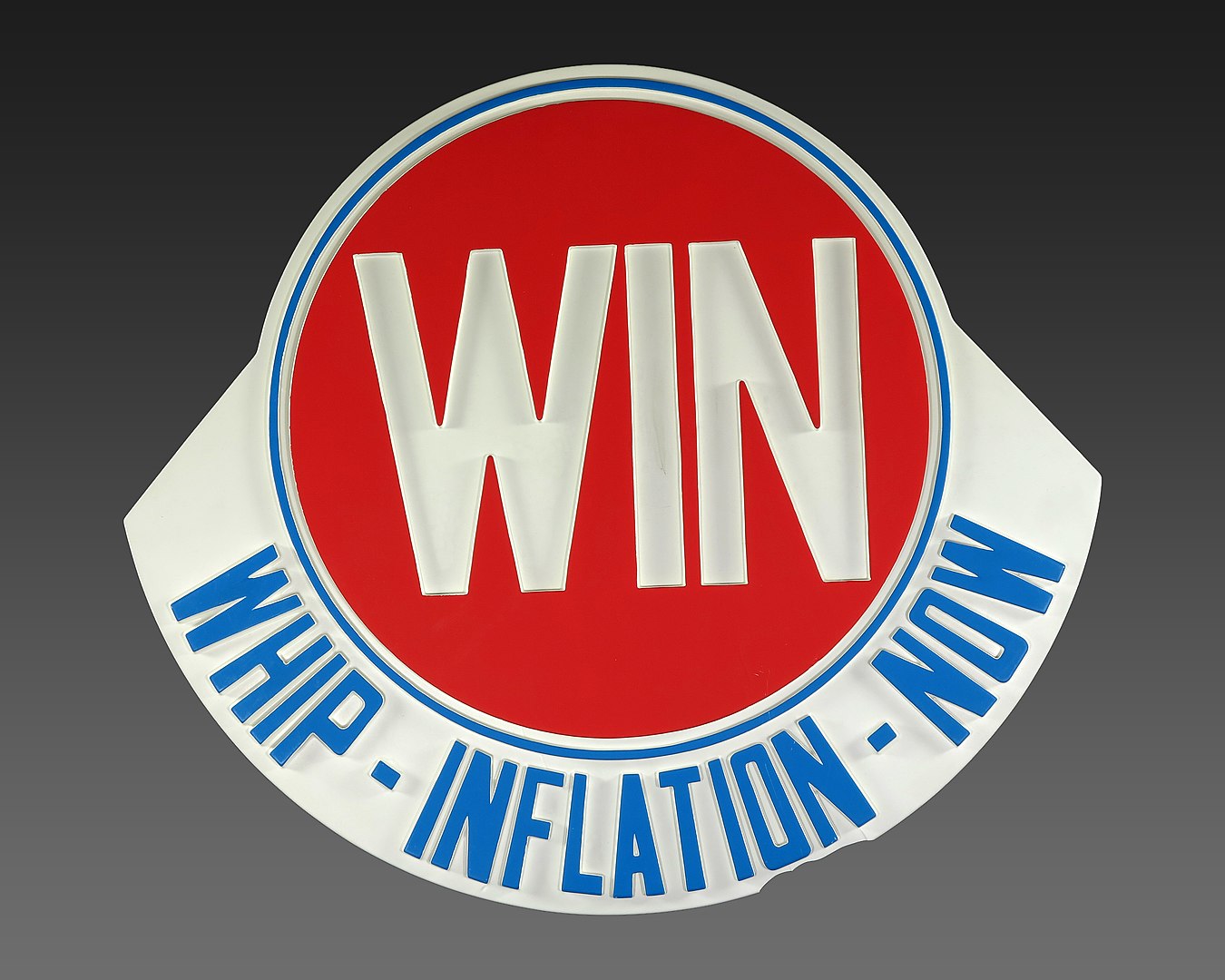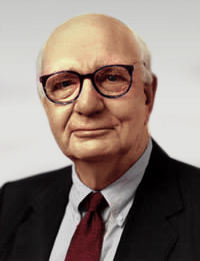Inflation Last Time

In the year to June, the Consumer Price Index increased by 9.1%, “the largest 12-month increase since the period ending November 1981.” Back then, the rate was declining from its peak of 14.6% in March and April 1980 and would bottom out at 2.3% in July 1983. What caused that inflation? How was it slowed?
In the 1960s, monetary policy was grounded in a concept called the Phillips Curve. This held that there was an inverse relationship between inflation and unemployment so that as one rose the other fell. Policymakers could buy lower unemployment at the price of higher inflation and vice versa.
At the end of the 1960s this relationship broke down. The inflation rate rose from 1.6% in 1965 to 5.9% in 1970 but unemployment rose too, from 3.5% in 1969 to 6.0% in 1971. Federal Reserve chairman Arthur Burns complained:
In 1971, President Nixon imposed wage and price controls but inflation went on rising. The CPI rose by 11.0% in 1974 and President Ford launched the ‘Whip Inflation Now’ – WIN – campaign, whose most memorable component was the wearing of badges reading ‘WIN’. And unemployment continued to rise, hitting 8.5% in 1975. In 1978, with inflation at 7.6%, President Carter, said:
This wasn’t quite true. Based on his monumental study with Anna J. Schwartz, A Monetary History of the United States, 1867–1960, the economist Milton Friedman – who had exposed the Phillips Curve fallacy in 1968 – had long been arguing that:
Friedman rejected popular inflation bogies, notably the energy price hikes of “Arab sheikhs and OPEC:”
He contrasted the low inflation of Germany and Japan, which imported all their energy, with the high inflation of the United States, “which is only 50 percent dependent, or…the United Kingdom, which has become a major producer of oil.”
The key variable was monetary policy. Inflation was not an impenetrable mystery: it resulted from printing money at a rate greater than the expansion of the real economy. It followed that if you controlled the growth rate of the quantity of money, you could control inflation.

In July 1979, Carter appointed Paul Volcker Fed chair. He knew what he was getting. On their first meeting, Volcker told the President “You have to understand, if you appoint me, I favor a tighter policy than [his predecessor].”
Volcker proved as good as his word. In October, he initiated a fundamental change in Fed policy. Changes in the daily level of the fed funds rate “tended to be too little, too late to influence expectations,” Volcker recalled, “We needed a new approach.”
Interest rates would fluctuate and as money growth slowed, rates rose: rates on three-month Treasury bills exceeded 17%; the commercial bank prime-lending rate hit 21.5%; mortgage rates approached 18%.
The consequences were brutal. Real GDP fell at an annual rate of 2.1% in the second quarter of 1980 and the unemployment rate rose from 5.6% in May 1979 to a peak of 10.8% in November and December 1982. To his credit, Carter, unlike his predecessors, did not push Volcker to loosen policy, even as he entered an election year. Ronald Reagan defeated him in a landslide.
Volcker had once advised Nixon, “If you have to have a recession, take it early.” Reagan did and reaped the rewards. Real GDP growth hit 7.2% in 1984, the inflation rate fell to 1.9% in 1986, and unemployment to 5.3% in 1989. It was ‘Morning in America,’ Reagan said, and he was reelected in a landslide.
Then, as now, ‘it’s the money supply, stupid.’
John Phelan is an Economist at Center of the American Experiment.
